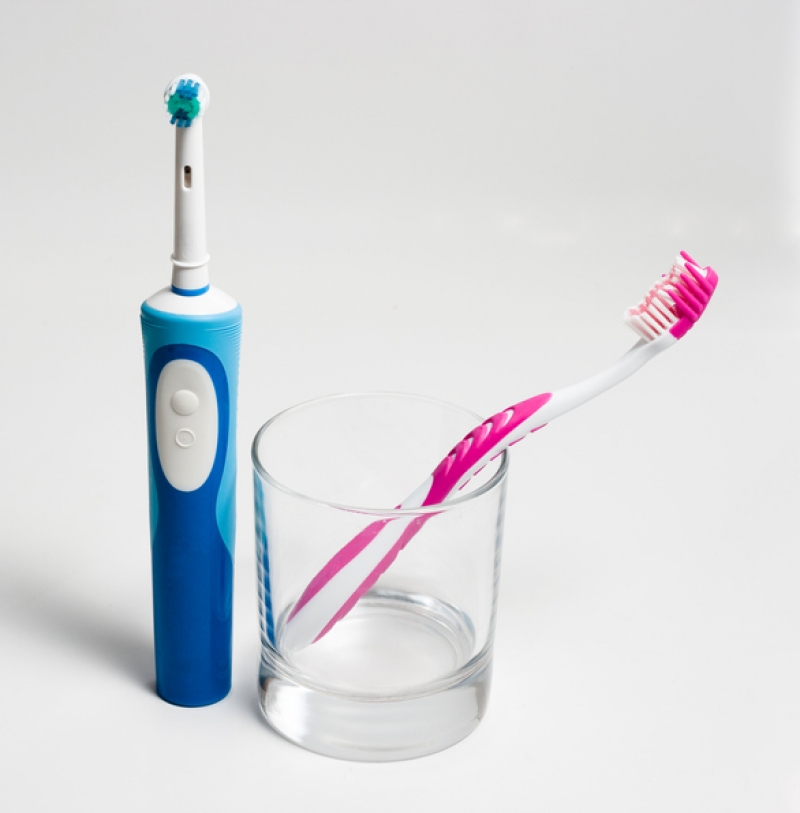Are you looking to know Benefits of Using an Electric Toothbrush vs. a Manual Toothbrush then read this article to find out Benefits of Using an Electric Toothbrush vs. a Manual Toothbrush

The manual toothbrush has been a trusted tool for oral care for centuries, but electric toothbrushes have emerged as a strong and innovative alternative, offering features that can greatly enhance overall dental health. While learning about new dental tools, many patients also begin to explore treatments like aligners and inquire about Invisalign cost. While both manual and electric toothbrushes can be effective when used correctly, electric toothbrushes provide distinct advantages that are worth exploring in detail.
How an Electric Toothbrush Works
Electric toothbrushes use powered movements either rapid vibrations or rotating motions to clean teeth more efficiently than manual brushing alone. The two main types are:
- Sonic toothbrushes – Use high-frequency vibrations (20,000+ strokes per minute) to dislodge plaque and debris, even reaching slightly below the gum line.
- Oscillating – rotating toothbrushes feature rotating heads that effectively remove plaque and debris from teeth through continuous scrubbing motions.
Manual Toothbrushes: A Reliable Classic
Manual toothbrushes can clean effectively, but results depend heavily on proper brushing technique correct pressure, the recommended two-minute duration, and reaching every tooth surface. For people with limited dexterity, busy schedules, or difficulty following these guidelines, manual brushing may be less thorough and effective.
Advantages of Electric Toothbrushes
- Better Plaque Removal – Studies show electric toothbrushes remove more plaque, reducing the likelihood of cavities and gum problems.
- Effortless Cleaning – The brush provides the motion, requiring less manual effort and reducing the risk of gum irritation.
- Enhanced Method – Integrated timers promote brushing for the recommended two minutes, and pressure sensors help avoid applying excessive force.
- Reaches Difficult Areas – Smaller, compact brush heads can reach tight spots like behind the molars more easily.
- Convenience – Extra features like travel cases, charging docks, and multiple cleaning modes make them ideal for modern lifestyles.
Electric vs. Manual: A Quick Comparison
| Feature | Electric Toothbrush | Manual Toothbrush |
| Plaque Removal | More effective | Less effective |
| Technique | Easier to maintain | Requires skill |
| Gum Health | Gentle with pressure control | Risk of over-brushing |
| Accessibility | Better reach | Limited |
| Convenience | Timers, travel features | Basic |
Cost Considerations
Electric toothbrushes are more expensive initially, but their long-term benefits such as preventing costly dental treatments can make them a smart investment. With good maintenance, a high-quality electric toothbrush can last for several years. Replacement brush heads, while an added expense, are essential for maintaining effectiveness and hygiene.
Choosing the Right Electric Toothbrush
- Brushing Modes – Choose one that suits your needs, such as sensitive or whitening modes.
- Brush Heads – Ensure replacements are easy to find and affordable.
- Battery Life – Long battery life is ideal for frequent travelers.
- Added Perks – Timers, pressure sensors, and compact designs boost both the quality and comfort of brushing.
Conclusion
Switching to an electric toothbrush can significantly improve oral hygiene through more effective cleaning, better brushing technique, and overall convenience. While manual toothbrushes remain useful, electric models offer clear advantages especially for those with braces, gum sensitivity, or difficulty maintaining proper technique. Choosing the right model can help you achieve a brighter smile, healthier gums, and fewer dental problems in the long run.